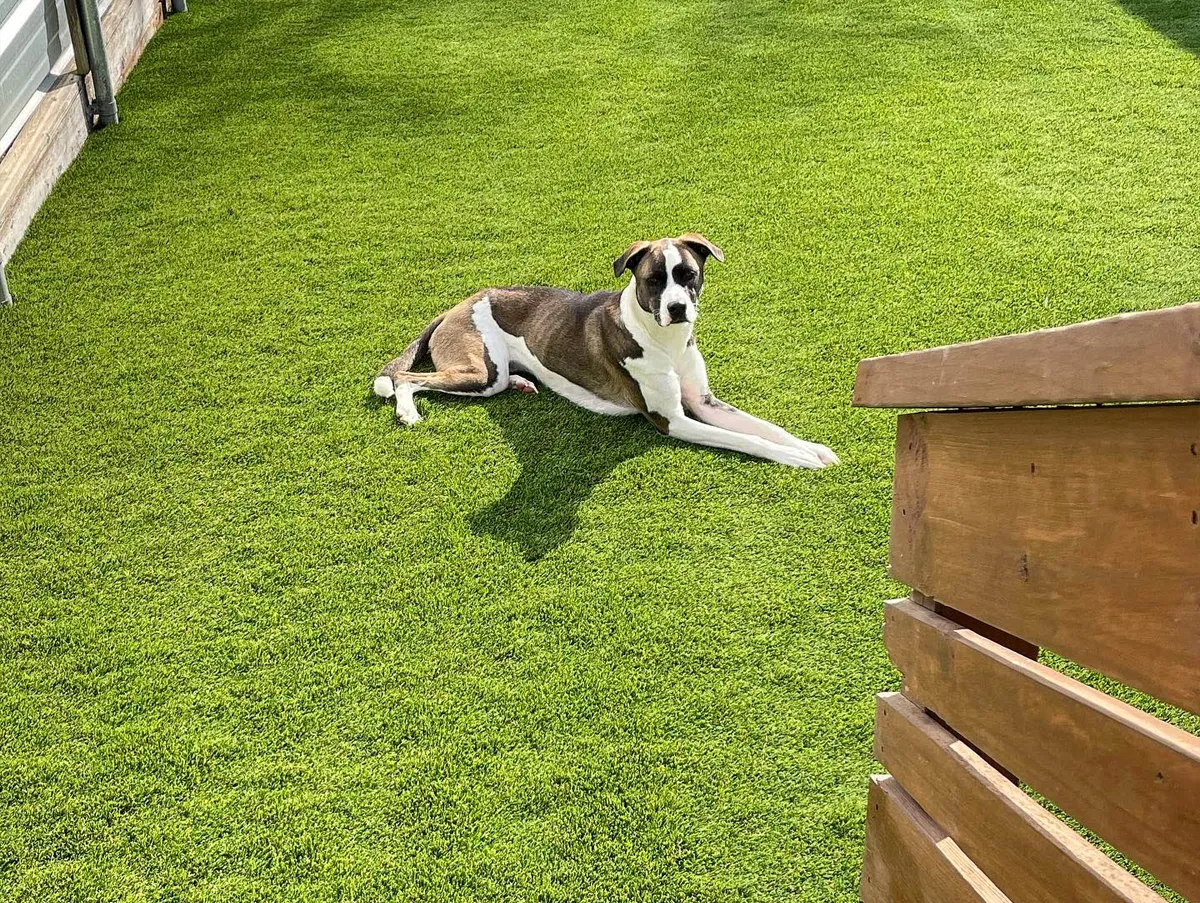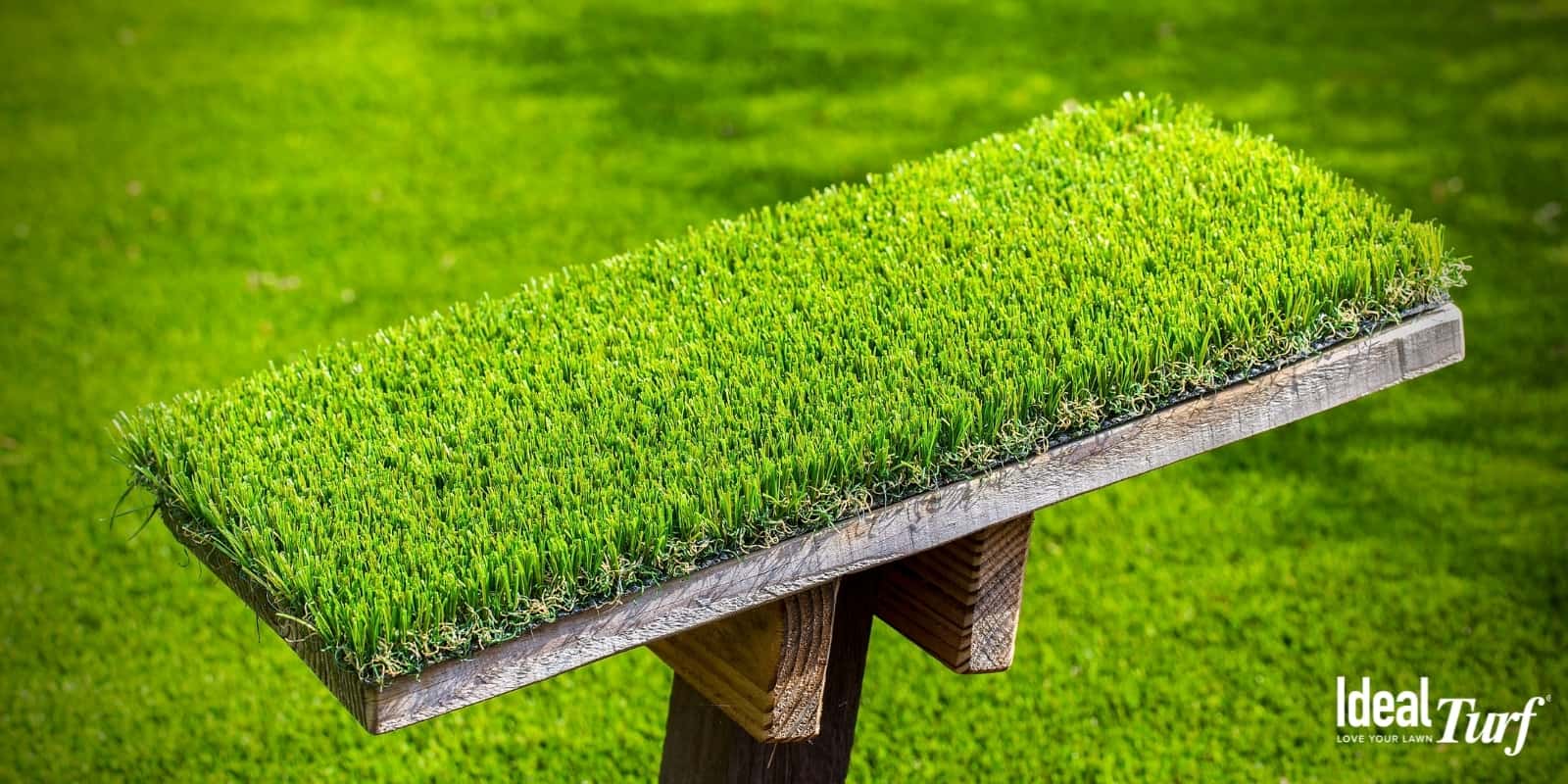Cost-Effective Turf Installation Phoenix AZ for a Low-Maintenance Lawn Option
Cost-Effective Turf Installation Phoenix AZ for a Low-Maintenance Lawn Option
Blog Article
See Why Homeowners Prefer Synthetic Grass for Sustainable Landscaping Practices
As property owners increasingly prioritize sustainability in landscape design, synthetic lawn has arised as a compelling option to traditional lawn. What remains to be checked out is the full range of advantages that synthetic grass can offer to home owners and the environment alike.
Water Preservation Conveniences
One of one of the most significant advantages of synthetic grass is its function in water preservation. Conventional lawn lawns need significant quantities of water to maintain their rich look, frequently causing overuse of neighborhood water resources, specifically in deserts. On the other hand, synthetic grass eliminates this demand totally, as it does not require irrigation. This not just preserves water yet likewise reduces the strain on local water supply, particularly during dry spell problems.
Moreover, the installation of artificial turf can add to an extra lasting landscape. House owners can dramatically reduce their water expenses, permitting reallocation of resources to other environmental initiatives or household uses. Additionally, artificial grass is developed to stand up to numerous weather conditions without the need for supplemental watering, making it an optimal choice for areas facing water shortage.
The ecological benefits prolong beyond prompt water cost savings. By decreasing water intake, synthetic grass assists to mitigate the influences of climate change, maintaining crucial environments that are threatened by too much water removal. As sustainable landscape design methods acquire traction, synthetic turf becomes an accountable choice for homeowners looking for to produce green outside areas.
Minimized Maintenance Initiatives
Synthetic grass dramatically decreases maintenance initiatives contrasted to standard lawn yards. With fabricated yard, home owners can eliminate the time-consuming jobs associated with all-natural landscape design, such as mowing, fertilizing, and weeding. This not only conserves valuable time however additionally reduces physical labor, making lawn care obtainable for individuals of all ages.
One of the most remarkable benefits is the absence of regular mowing. Conventional yards need constant cutting to maintain a visually pleasing height, whereas synthetic grass remains consistently lush without the need for cutting. Furthermore, homeowners no longer need to apply plant foods or pesticides, which are often required to keep natural lawn healthy and balanced. This shift not only lightens the workload however additionally advertises a neater, more uniform appearance year-round.
Additionally, synthetic turf is durable and resistant, needing minimal maintenance beyond periodic brushing and rinsing to eliminate debris. This convenience of maintenance permits home owners to enjoy their exterior areas without the constant fear of upkeep, giving even more time for recreation and family members activities. Inevitably, the minimized maintenance efforts related to fabricated turf make it an enticing choice for those looking for a low-maintenance, aesthetically appealing landscape.

Environmental Influence Reduction
There is an expanding recognition of the ecological benefits linked with synthetic grass, specifically in terms of water preservation and decreased chemical use. Conventional grass need significant quantities of water, especially in drought-prone areas, resulting in raised strain on regional water resources. In comparison, synthetic grass removes the requirement for watering, significantly minimizing water intake and promoting sustainability.
Furthermore, standard yard upkeep frequently entails the application of plant foods, herbicides, and chemicals, which can add to dirt and water pollution. Artificial grass mitigates this ecological risk by requiring marginal maintenance and essentially getting rid of the demand for harmful chemicals. This not just improves dirt wellness but additionally secures regional ecosystems from hazardous runoff.
Moreover, the manufacturing of natural grass yards commonly entails the use of nonrenewable fuel sources for mowing and landscaping devices, more adding to greenhouse gas emissions. By choosing synthetic grass, home owners can significantly reduce their carbon impact connected with grass treatment activities.
Visual Allure and Versatility
In enhancement to its environmental advantages, synthetic grass supplies considerable visual charm and versatility for landscape design. Homeowners can accomplish a lavish, green appearance year-round, removing the seasonal fluctuations generally connected with natural yard. This constant visual not just enhances the aesthetic allure of browse around these guys a residential property but likewise adds to a refined and properly maintained look.
In addition, synthetic grass is available in a variety of designs, appearances, and shades, enabling personalization to match specific choices and layout motifs - Turf installation phoenix az. Whether used in property yards, commercial spaces, or entertainment locations, it can seamlessly integrate into varied landscaping layouts, from modern-day minimal to lush tropical settings
The convenience of synthetic grass prolongs past simple look; it can be installed in different locations, including roofs, patios, and even indoor areas, producing possibilities for special landscaping services. In addition, it is appropriate for a variety of activities, from children's backyard to pet-friendly settings, giving functionality without endangering design.
Inevitably, the visual charm and flexibility of synthetic grass make it an attractive option for house owners looking for sustainable landscape design remedies that do not give up elegance for ecological responsibility.

Long-Term Price Cost Savings
One of the most engaging advantages of man-made turf is its possibility for long-lasting expense savings. Unlike all-natural turf, which needs normal maintenance-- consisting of mowing, watering, fertilizing, and insect control-- fabricated turf significantly decreases these ongoing expenditures.
Additionally, synthetic grass has a life-span of 15 to 25 years, depending on its high quality and usage. This longevity reduces replacement expenses, making it a much more cost-effective selection in the lengthy run. The initial investment in artificial turf can often be recouped through the cost savings accumulated over time.
While the her response in advance cost may seem greater contrasted to turf setup, the collective financial savings from decreased maintenance and water usage typically exceed these preliminary expenditures. Eventually, the fostering of synthetic grass not just promotes a sustainable landscaping solution but also provides property owners an economically smart option that lines up with long-lasting budgeting goals.
Conclusion
Synthetic grass becomes a compelling option for sustainable landscaping, using considerable advantages in water conservation, decreased maintenance efforts, and diminished ecological influence. Its aesthetic appeal and flexibility enhance the aesthetic landscape while lining up with modern sustainability objectives. Moreover, long-lasting expense financial savings add to its attractiveness for home owners. As communities increasingly focus on environmentally pleasant practices, the fostering of fabricated turf stands for a dynamic action toward accomplishing lasting and resistant landscapes.
In addition, fabricated lawn is made to withstand various weather conditions without the need for supplemental watering, making it a perfect option for regions facing water scarcity. (Artificial turf companies phoenix)

Fabricated grass emerges as a compelling alternative for sustainable landscaping, offering significant benefits in water preservation, minimized maintenance efforts, and diminished ecological effect.
Report this page